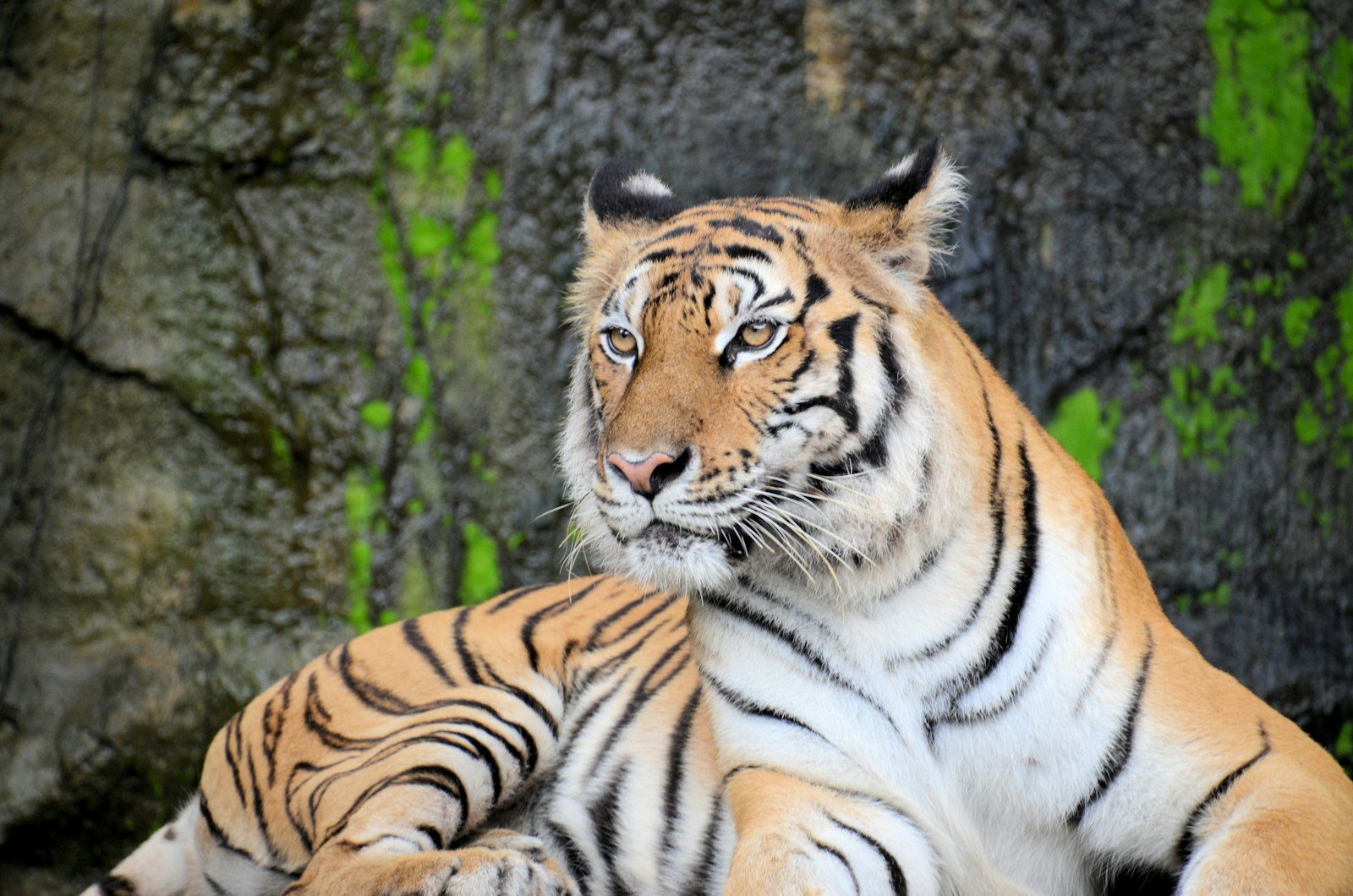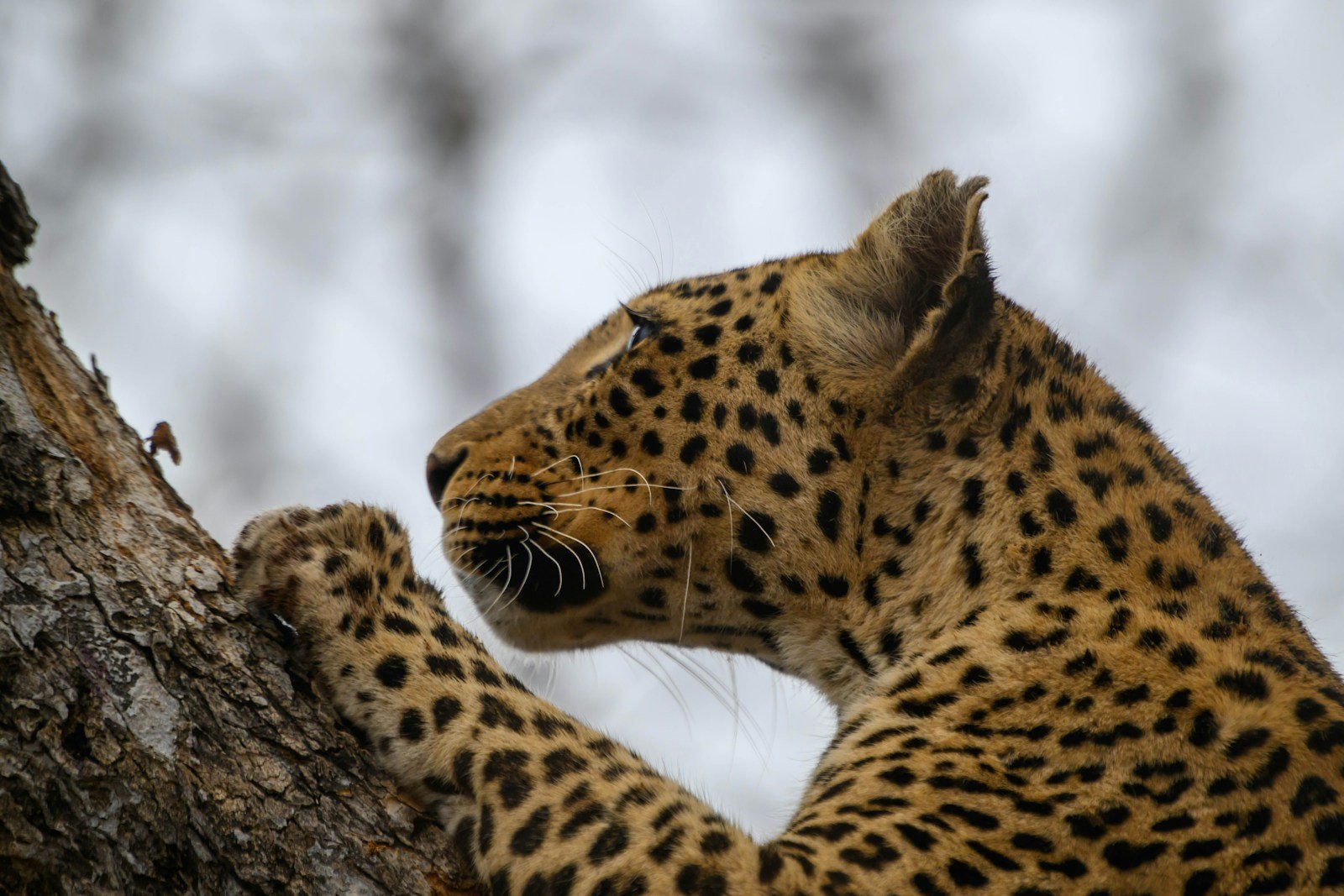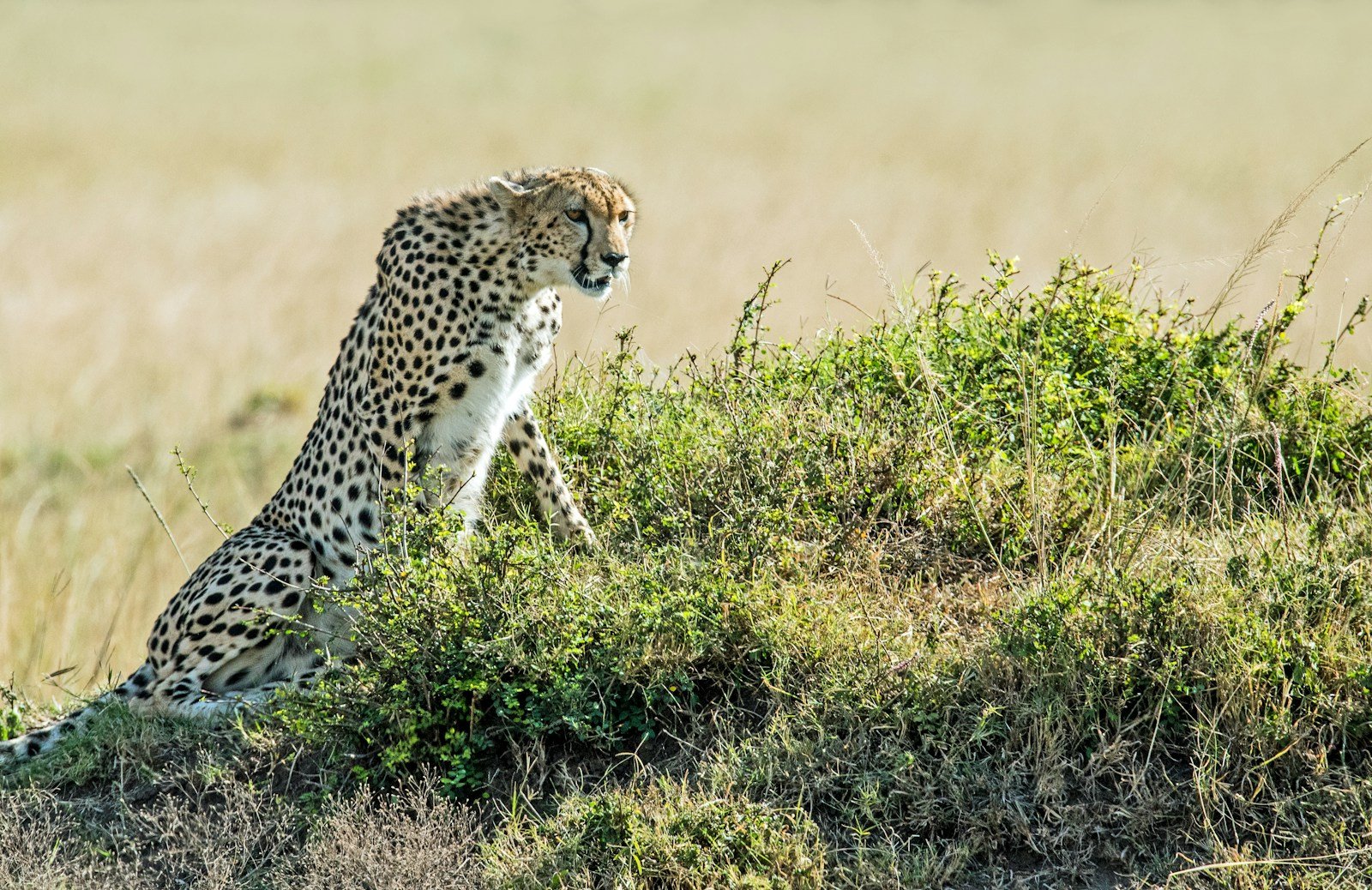Big cats, known for their majestic presence and vital roles in ecosystems, face numerous challenges in the modern world. Among these challenges, climate change stands as a significant threat that impacts their habitats, prey availability, and survival strategies. This article explores how big cats have adapted to climate change over time, drawing upon the latest research and insights from the field.
The Importance of Big Cats in Ecosystems

Big cats, including lions, tigers, leopards, jaguars, and cheetahs, are apex predators, playing crucial roles in maintaining the balance of ecosystems. By controlling herbivore populations, they help preserve vegetation and ensure the sustainability of diverse animal communities. Understanding how they adapt to changing climates is essential to conserving these iconic species and the broader ecosystems they support.
Historical Climate Adaptations

Historically, big cats have proven resilient to various climate shifts. The Ice Ages, for example, saw species like the American lion and saber-toothed cats adapt to colder conditions. They developed thicker fur, larger body sizes for heat retention, and honed their hunting skills to survive in icy terrains. These historical adaptations offer insights into their potential resilience in the face of modern climate change.
Changes in Habitat Ranges

As global temperatures rise, big cats are altering their habitat ranges. Some species, like the snow leopard, are moving to higher altitudes to maintain the cooler climates they require. Others, such as lions, may expand their territories into areas that become more habitable due to changing climates. While this flexibility showcases their adaptability, it also presents challenges as they encounter new ecosystems and competing species.
Dietary Adjustments

Climate change affects prey availability, forcing big cats to adapt their diets. In regions where certain prey species decline due to habitat alteration, big cats may diversify their diets to include smaller or different types of animals. This dietary flexibility is crucial for their survival but can also lead to increased competition with other predators.
Impact of Altered Precipitation Patterns

Changes in precipitation patterns, driven by climate change, impact water access for big cats. In arid regions, diminishing water sources can force big cats to travel longer distances, expending more energy to find hydration. This necessity can lead to increased human-wildlife conflict as big cats encroach on human settlements in search of water.
Genetic and Behavioral Adaptations

Recent studies suggest that big cats may exhibit genetic adaptations to climate change. For instance, variations in genes associated with temperature regulation have been observed in species like tigers. Additionally, behavioral changes, such as altered hunting times to avoid midday heat, reflect their capacity to adapt to environmental changes.
Conservation Efforts and Climate Change

Conservation organizations are actively working to understand and mitigate the impacts of climate change on big cats. Efforts include habitat restoration, anti-poaching measures, and policies to preserve critical corridors that allow for migration and genetic diversity. These initiatives aim to bolster big cats’ resilience against an ever-changing climate.
The Role of Protected Areas

Protected areas, such as national parks and wildlife reserves, are vital in providing safe havens for big cats. These regions offer stable environments that can buffer against the immediate impacts of climate change. However, their effectiveness depends on adequate management and expansion to include climate corridors that facilitate species movement.
Future Challenges and Opportunities

The future presents both challenges and opportunities for big cats in adapting to climate change. While habitat fragmentation and human encroachment pose significant threats, advancements in technology, such as satellite tracking and genetic research, offer promising tools for monitoring and supporting big cat populations.
Conclusion: A Call to Action

The story of big cats and climate change is one of both impressive resilience and vulnerability. While these magnificent creatures have demonstrated adaptability, the accelerating pace of climate change requires heightened global efforts to ensure their survival. By supporting conservation initiatives, raising awareness, and advocating for climate action, we can contribute to a future where big cats continue to thrive.
Hi, I’m Bola, a passionate writer and creative strategist with a knack for crafting compelling content that educates, inspires, and connects. Over the years, I’ve honed my skills across various writing fields, including content creation, copywriting, online course development, and video scriptwriting.
When I’m not at my desk, you’ll find me exploring new ideas, reading books, or brainstorming creative ways to solve challenges. I believe that words have the power to transform, and I’m here to help you leverage that power for success.
Thanks for stopping by, Keep coming to this website to checkout new articles form me. You’d always love it!






